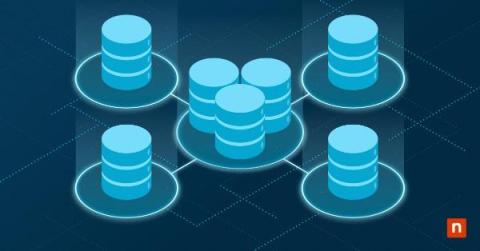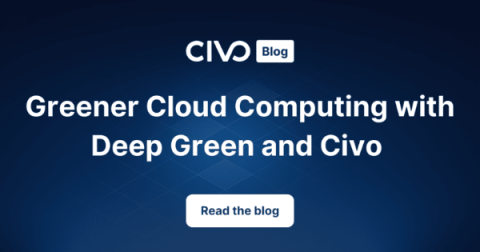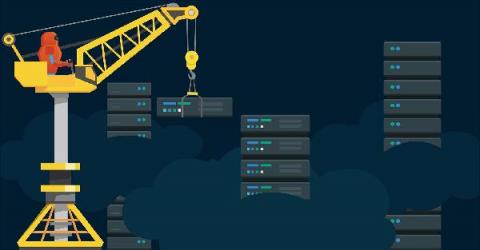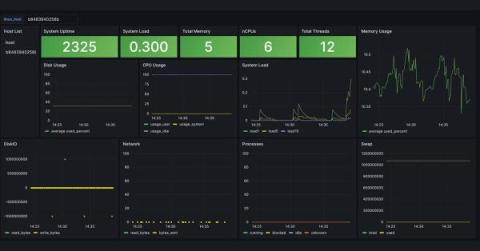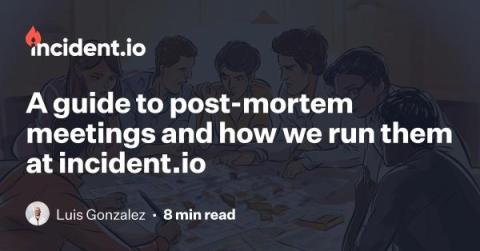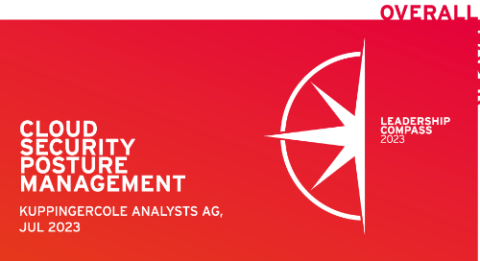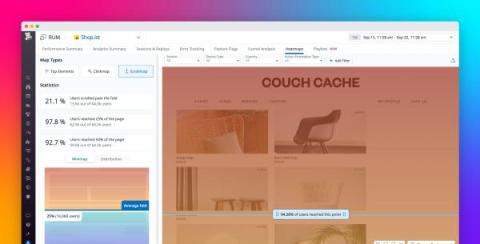Network Segmentation: Definition and Key Benefits
In the ever-evolving landscape of network security, the challenges faced by Managed Service Providers (MSPs) and technical managers are multifaceted, and the need for robust security measures becomes paramount. Amidst this backdrop, network segmentation remains a pivotal strategy. This article delves into the intricacies of network segmentation, its significance, and a roadmap to its successful implementation.


